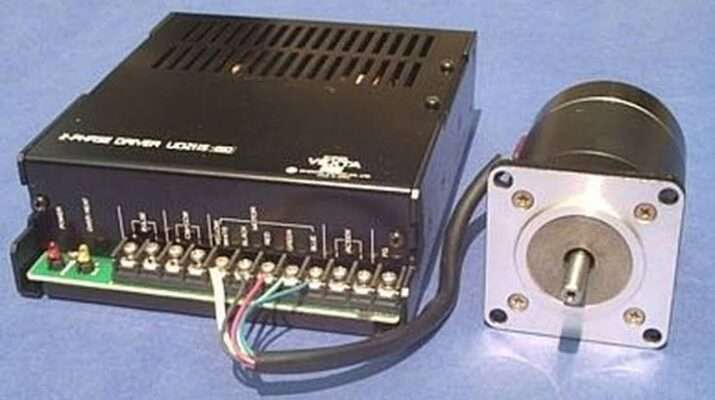Lunyee is a premier manufacturer of cutting-edge electric motors, specializing in the production of high-performance brushless skateboard hub motors that are transforming the world of electric transportation. With a focus on innovation and sustainability, Lunyee is committed to providing motors that are not only powerful and efficient but also environmentally friendly. Their brushless skateboard hub motors are designed to provide exceptional performance and handling, making them the perfect choice for electric skateboards and other small electric vehicles. Whether you’re an experienced builder or just starting out, Lunyee’s motors are sure to impress with their precision, speed, and ease of use. With Lunyee’s brushless skateboard hub motors, you can be confident that you’re getting a product that has been engineered to the highest standards of quality and performance. So why wait? Contact Lunyee today and experience the power and performance of their state-of-the-art brushless skateboard hub motors for yourself!
The difference between a 4-wire and 6-wire stepper motor lies in the wiring configuration and the type of driver circuitry required to operate them. Here’s a breakdown of the key distinctions:
4-Wire Stepper Motor:A 4-wire stepper motor, also known as a unipolar stepper motor, has two coils with a center tap in each coil. The center taps are typically connected together internally within the motor. The motor has four wires, with one wire for each end of the two coils. The coil pairs are energized in a specific sequence to create a rotating magnetic field that drives the motor. The sequence of coil energization determines the direction of rotation.
6-Wire Stepper Motor:A 6-wire stepper motor, also referred to as a bipolar stepper motor , consists of two separate coils without a center tap. Each coil has two wires, making a total of six wires for the motor. Unlike the 4-wire motor, the two coils in a 6-wire stepper motor are not internally connected. The coils need to be driven independently, which requires a more complex driver circuit compared to the 4-wire motor.
Key Differences:
- Wiring Configuration: A 4-wire motor has two coils with a center tap, while a 6-wire motor has two separate coils without a center tap.
- Driver Circuitry: The driver circuit for a 4-wire motor is simpler than that for a 6-wire motor. With a 4-wire motor, a unipolar driver can be used, which allows for simpler control circuits. In contrast, a 6-wire motor requires a bipolar driver to independently control the two coils.
- Control and Torque: 6-wire stepper motors generally offer higher torque and better control compared to 4-wire motors. The ability to control each coil independently allows for more precise positioning and control of the motor’s movement.
- Wiring Flexibility: 6-wire stepper motors provide more flexibility in terms of wiring and driver options. By using only four of the six wires, a 6-wire motor can be operated like a 4-wire motor if desired. This flexibility can be advantageous in certain applications.
It’s important to note that the specific wiring and driver requirements may vary depending on the manufacturer and model of the stepper motor. Therefore, it’s always recommended to refer to the manufacturer’s documentation or datasheet for accurate information and instructions on how to properly wire and drive a stepper motor.



